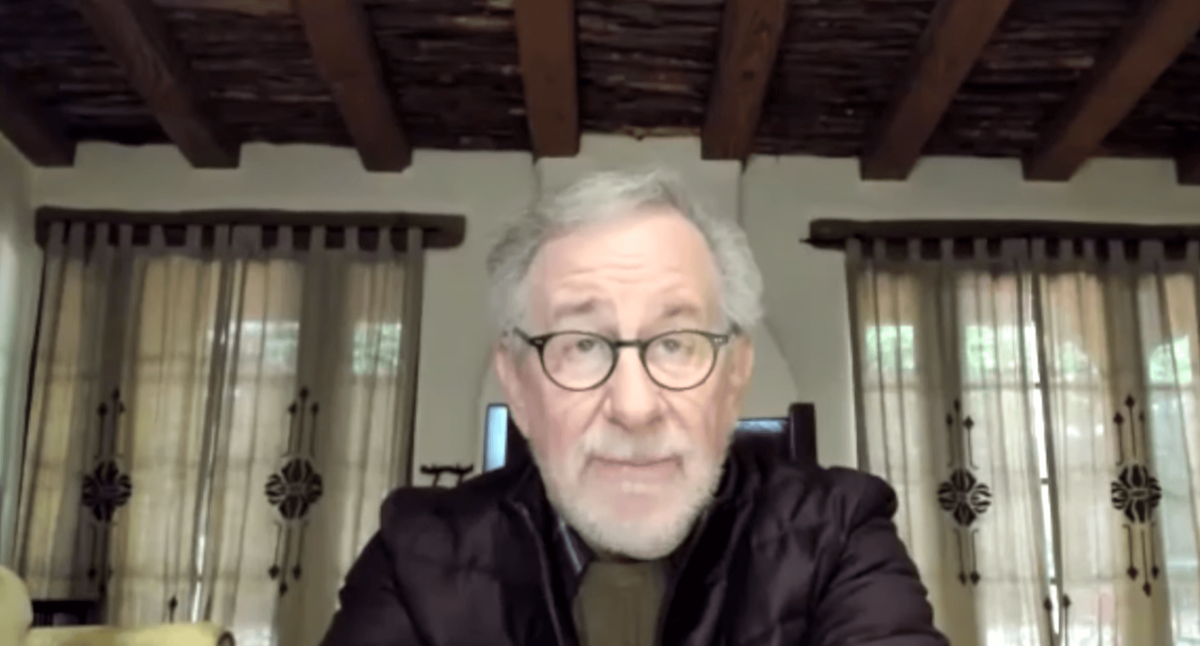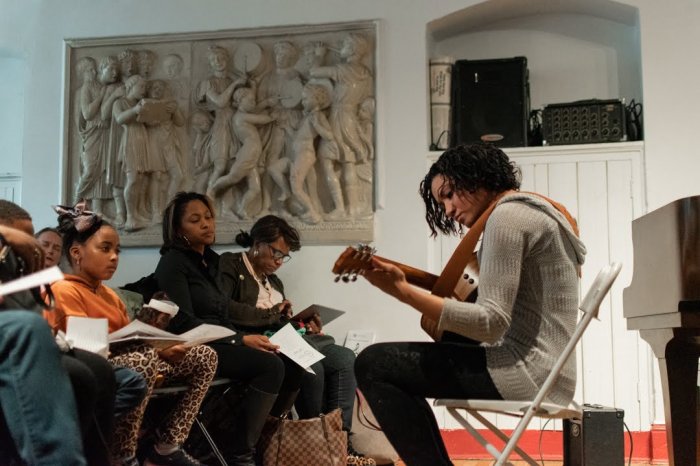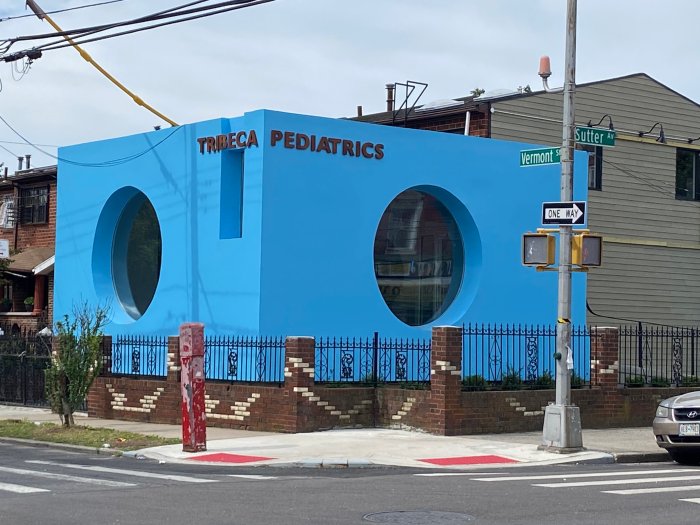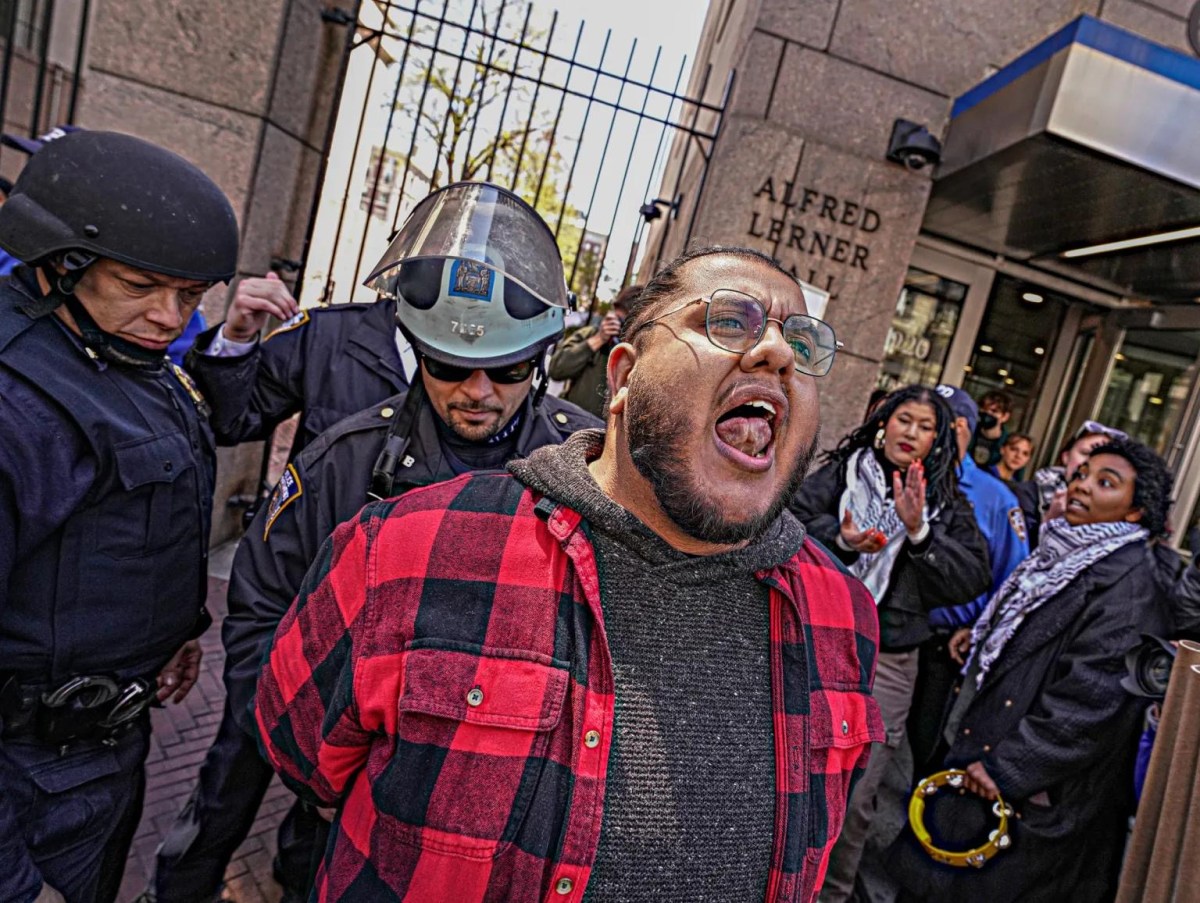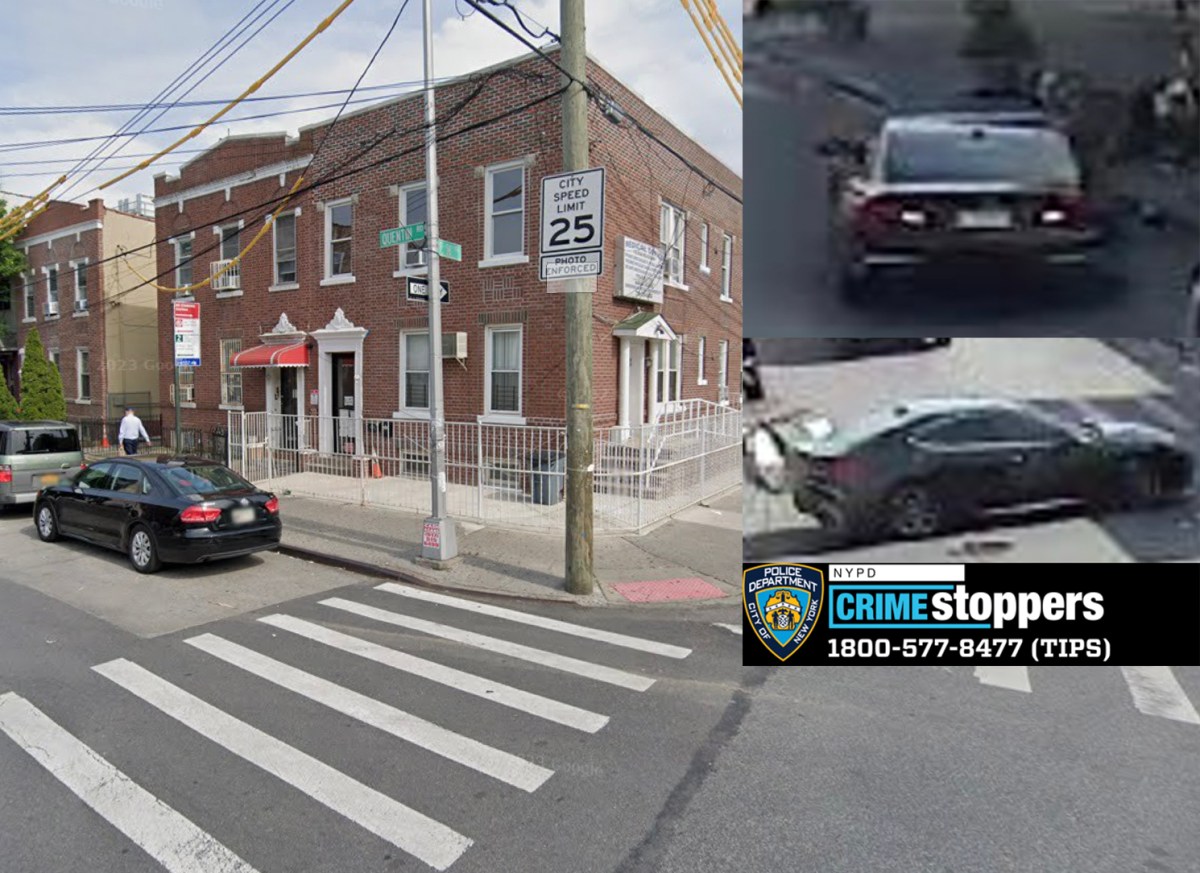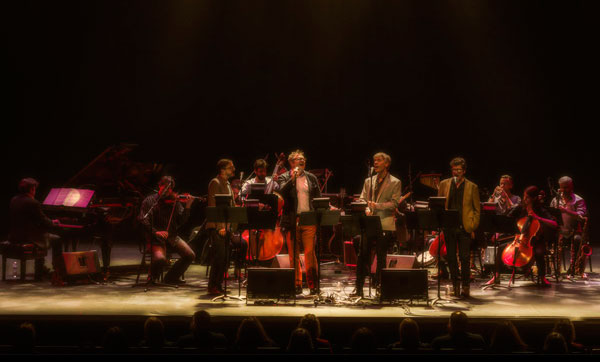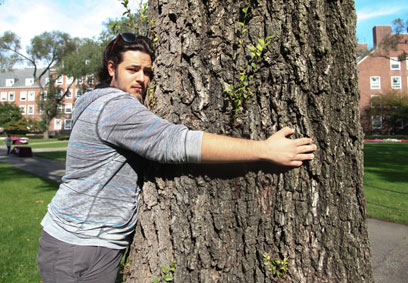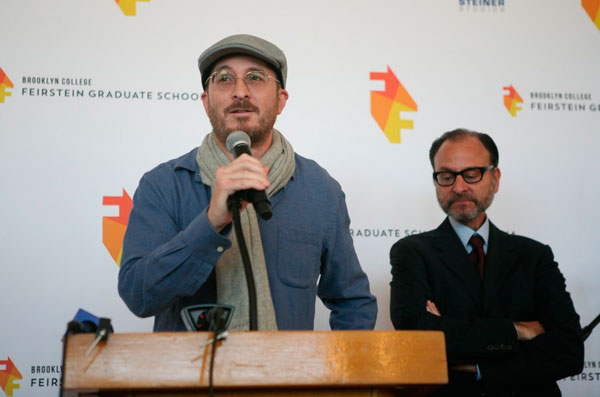Brooklyn College welcomed Oscar-award winning director Steven Spielberg last week to cap off a semester-long series “West Side Story: The Brooklyn Connection.”
Spearheaded by the college’s Department of Puerto Rican and Latino Studies Associate Professor María Pérez y González, the series explored the cultural and artistic impacts of the 1961 adaptation of the acclaimed Broadway musical — and the newly-released remake directed by Spielberg.
Visiting lecturers included Tony Kushner, the Tony-winning playwright who wrote Spielberg’s screenplay and Brooklyn College professor emerita Dr. Virginia Sánchez Korrol, who worked as a historical consultant on the new film.
“Part of the focus of the NY Latinx Culture and the Arts course was to use an interdisciplinary lens to study the 1961 film by utilizing the resources that the field of Puerto Rican studies made possible over the past 50 years regarding the socio-historic background and reality of the Puerto Rican diaspora in the U.S. and its love-hate relationship with West Side Story,” Pérez y González said in a release. “Because Dr. Sánchez Korrol served as the historical consultant to the new version, we could not pass up this unique opportunity for PRLS students, in particular, and the Brooklyn College/CUNY community to learn how these successful professionals got into the entertainment industry.”

The base of the story is the same in both films — star-crossed lovers María, a recent Puerto Rican immigrant and younger sister of gang leader Bernardo, and Tony, a recently ex-member of their rival gang — meet and fall in love against their own best interests.
Since its release, though, the 1961 adaptation, infamously starring Natalie Wood in dark makeup as María, has been widely criticized for its nearly all-white cast and failure to accurately portray Puerto Rican culture.
“The thing about West Side Story in 1961 is that it was the first time that any of us ‘Diasporicans’ had seen ourselves as major characters in a full-length movie in glorious color,” Korrol said during her September lecture.
Many of the Puerto Rican writers who watched the film when it came out said the same thing when they wrote about the experience, she said. They were able to ignore the issues they recognized later on, as they studied and wrote about the Puerto Rican experience, in the moment, because it was “a wonder” to be featured at all.
“When history has a starring role — does it make it better?” she said. “Would a 1961 version of West Side Story had been better if the filmmakers had known something about the community? Or was it their prerogative to make a work of art the way that they wanted to make it?”
Korrol was just one of a handful of historians and consultants who worked with the actors and producers of the film to ensure the story portrayed the history and culture both of Puerto Rican immigrants and of the context of their lives in New York City — with a cast of Latino actors.
“This was in our DNA from the beginning,” Spielberg said in his lecture. “I was not trying to apologize for anyone else’s productions of West Side Story. That’s not in my purview, and that’s not my responsibility. I can only talk about how I feel in my contemporary time, and I’m certainly aware of the reputation Hollywood has for underrepresentation.”
Developing well-researched, detailed backstories for each of the characters has made people more curious about the film and about Puerto Rican-American history, Korrol said, in conversation with Spielberg. Having the Puerto Rican gang, the Sharks, lead by Bernardo, sing the then-revolutionary anthem of Puerto Rico, “La Borinqueña,” and using the original light blue version of the Puerto Rican flag have both inspired conversation, she said.
“I have people going back to look at the history,” she said. “Those are the things that are in the film that lead to greater understanding because you do have to pay attention, you do have to go back and say, ‘OK, this is what happened, now I understand.’”
The research also gave the characters more nuance and realism even for those who don’t have all the historical context, Spielberg said.

“When you wonder ‘Why are these characters so much more three-dimensional than other West Side Story productions,’ it’s because every single person who played any character in West Side Story knew who they came from, and who they were.”
Pérez y González asked Spielberg what kinds of initiatives he himself had participated in to bring underrepresented people into the industry, to become part of the conversation and learn to be filmmakers themselves.
“We need an abundance of Puerto Rican and Latinx talent in the film industry and other cultural venues — writers, directors, producers, actors, artists to tell our stories with authenticity and historical accuracy — just as much as we need to widen the doors to the room where decisions about representation are made,” she said. “Our PRLS lecture series has broken new ground in this mission.”


